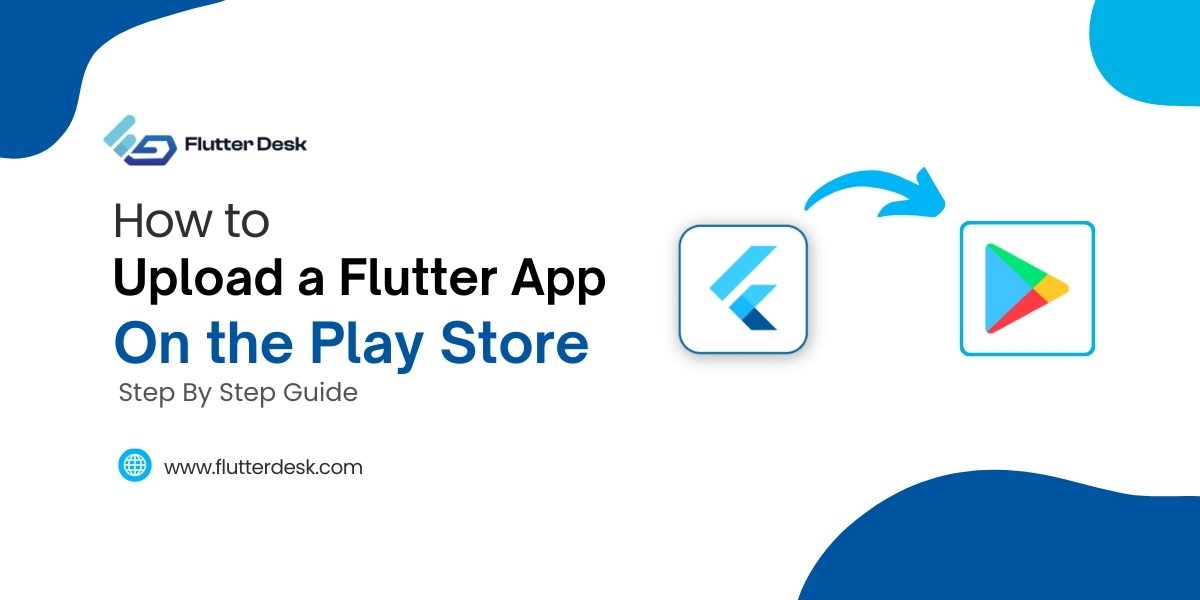In today’s digital age, the demand for mobile applications that work seamlessly across multiple platforms is at an all-time high. Developing a cross-platform mobile app involves creating software that can run on different operating systems like iOS, Android, and Windows, maximizing reach and user engagement.
From choosing the right development tools to optimizing user experience and performance, every aspect will be covered to help you navigate the complexities of this increasingly important field.
Whether you’re a seasoned developer looking to expand your skill set or a newcomer with a great app idea, this guide is your roadmap to creating cross-platform applications.
What Is Cross-Platform Mobile Application Development?
Cross-platform mobile application development refers to the process of creating applications that can run on multiple operating systems, such as iOS and Android, using a single codebase. This approach saves time and resources compared to developing separate apps for each platform.
A popular choice in this field is Flutter, an open-source mobile app builder known for its flexibility and performance. Apps built with Flutter benefit from its rich set of pre-designed widgets and best cross-platform mobile development language. Before diving into development, it’s essential to understand Flutter prerequisites to ensure a smooth and effective building process.
Why Do We Need Cross-Platform Mobile Applications?
- Cost-Effective Development: Saves money by using a single codebase for multiple platforms.
- Faster Time-to-Market: Speeds up development and deployment across iOS and Android.
- Consistent User Experience: Ensures a uniform look and feel on all devices.
- Easier Maintenance: Simplifies updates and bug fixes with one codebase.
- Wider Audience Reach: Targets users on both major mobile operating systems.
- Resource Optimization: Utilizes developer skills more efficiently across platforms.
- Access To More Features: Leverages cross-platform tools and frameworks like Flutter.
- Improved Scalability: Easier to scale the app for different devices and platforms.
What Is Difference Between Cross-platform Vs Native Mobile Apps?
| Feature | Cross-Platform Development | Native Development |
| Codebase | Single codebase for multiple platforms | Separate codebase for each platform |
| Development Time | Faster due to shared code | Slower as each platform requires unique development |
| Cost | More cost-effective with one codebase | Higher costs due to separate development processes |
| Performance | Generally good, but may be less optimized | Optimized for specific platforms, resulting in better performance |
| User Experience | Consistent across all platforms | Tailored to each platform for optimal user experience |
| Maintenance | Easier to maintain and update a single codebase | Requires individual updates for each platform |
| Access To Native Features | Access through plugins, but may have limitations | Full access to all native features and APIs |
| Frameworks | cross-platform mobile app development frameworks like Flutter | Utilizes platform-specific tools like Swift and Kotlin |
| Resource Utilization | Efficient use of developer resources | Requires specialized skills for each platform |
| Scalability | Easier to scale across multiple devices and platforms | Scalability depends on the platform-specific development |
How To Develop Cross-platform Apps?
Define Your App’s Purpose
Begin by clearly outlining the purpose and functionality of your cross-platform mobile app. Understanding the core objectives will guide the development process and ensure consistency across different platforms.
Choose The Right Development Framework
Select a suitable framework like React Native or Flutter cross-platform that best aligns with your project requirements. Evaluate factors such as performance, community support, and ease of development to make an informed decision. After that, start creating cross-platform mobile apps on it.
Design User-Friendly Interfaces
Focus on creating intuitive and visually appealing user interfaces that provide a seamless experience across various devices. Prioritize responsive design elements to accommodate different screen sizes and orientations.
Implement Cross-Platform APIs
Utilize cross-platform APIs to access device-specific features and functionalities. By integrating these APIs into your app, you can leverage native capabilities while maintaining a single codebase for multiple platforms.
Optimize Performance
Pay attention to performance optimization techniques such as code minification, image compression, and caching mechanisms. Efficiently managing resources will enhance the overall speed and responsiveness of your cross-platform app. Additionally, consider utilizing tools such as A/B testing to identify and address any performance bottlenecks.
Ensure Compatibility
Test your app on different devices, operating systems, and browsers to ensure compatibility. This will help identify any potential issues and allow you to make necessary adjustments for a smooth user experience across all platforms.
Utilize Cloud Services
Utilizing cloud services can be beneficial to make cross-platform apps as it allows for easier scalability and reduces the need for maintaining multiple codebases. It also provides a centralized location for data storage and access, making it easier to synchronize information across devices.
Stay Updated
Keep up with the latest updates and advancements in cross-platform development tools and technologies. This will not only improve your app’s performance but also ensure compatibility with newer devices and operating systems.
Test, Test, And Test Again
Testing is crucial in ensuring a seamless experience for users on different platforms. Make sure to thoroughly test your app on various devices, browsers, and operating systems. This will help identify any bugs or glitches that may arise and allow for prompt fixes before releasing the app.
Seek User Feedback
Lastly, always seek feedback from users who have used your cross-platform app. This will give you valuable insights into their experiences and help identify areas for improvement. Regularly incorporating user feedback can significantly enhance the overall user experience of your app.
Benefits Of Cross-platform Mobile App Development
Cost Efficiency
Cross-platform development allows businesses to save costs by using a single codebase for multiple platforms such as iOS and Android. This reduces development time and resources needed for maintaining separate codebases, making it a cost-effective solution for app development projects.
Faster Time-to-Market
With a unified codebase, developers can release apps across different platforms simultaneously, speeding up the time-to-market significantly. This agility is crucial in competitive markets where getting ahead quickly can make a substantial difference.
Consistent User Experience
Cross-platform frameworks like Flutter and React Native ensure a consistent user interface and experience across various devices. This uniformity enhances user satisfaction and loyalty, as users can expect the same functionalities and design elements regardless of the platform they use.
Access To Native Features
Modern cross-platform frameworks offer access to native features and APIs, overcoming traditional mobile platform constraints. Developers can integrate platform-specific functionalities seamlessly into their apps, maintaining performance and usability standards.
Efficient Code Reuse
By using the best language for cross-platform apps and a unified mobile application development platform, developers can reuse a significant portion of their codebase across different platforms. This minimizes redundant coding efforts and simplifies maintenance tasks, improving overall development efficiency and scalability.
How To Choose The Appropriate Mobile App Company?
Choosing the right mobile app company for developing a cross-platform mobile app involves several key considerations to ensure a successful project. Here are some steps to help you make the appropriate choice:
- Evaluate Experience And Expertise: Look for a best cross-platform app development company with proven experience. Check their portfolio to see if they have successfully delivered projects similar to yours. Assess their expertise in using frameworks like Flutter, React Native, Xamarin, or others.
- Check Client Reviews And References: Read client reviews and testimonials to gauge the company’s reputation and client satisfaction. Ask for references and contact previous clients to get direct feedback on their experience working with the company.
- Assess Technical Proficiency: Evaluate the company’s technical skills and proficiency in mobile app development. Ensure they have a strong understanding of cross-platform development tools, languages, and frameworks relevant to your project requirements.
- Consider Design And User Experience: Look for companies that prioritize design and user experience. Review their previous app designs to see if they align with your expectations for aesthetics, usability, and branding.
- Discuss Development Process And Methodology: Understand the company’s development process and methodology. Ensure they follow industry best practices and agile methodologies, and have a structured approach to project management. Clear communication and transparency in project planning and execution are crucial.
- Check Support And Maintenance Services: Inquire about post-launch support, maintenance services, and updates. A reliable company should offer ongoing support to address any issues, provide updates, and ensure the app remains compatible with new OS versions and devices.
- Evaluate Cost And Budget: Compare quotes from multiple companies and consider the overall value offered rather than just the lowest cost. Ensure the company provides a clear breakdown of costs, timelines, and deliverables to avoid surprises later in the project.
- Cultural Fit And Communication: Consider the company’s culture and communication style. A good fit in terms of culture and communication can contribute to smoother collaboration and project success.
Conclusion
Creating a successful cross-platform mobile app requires careful planning, thorough testing, and a commitment to user feedback. By following the guidelines outlined above, you can ensure that your app functions seamlessly across various devices, browsers, and operating systems.
Remember, the key to a great user experience lies in addressing potential issues proactively and continuously improving based on user input. Embrace the iterative nature of app development, stay receptive to feedback, and strive for excellence in every aspect of your app to deliver a top-notch experience to your users










